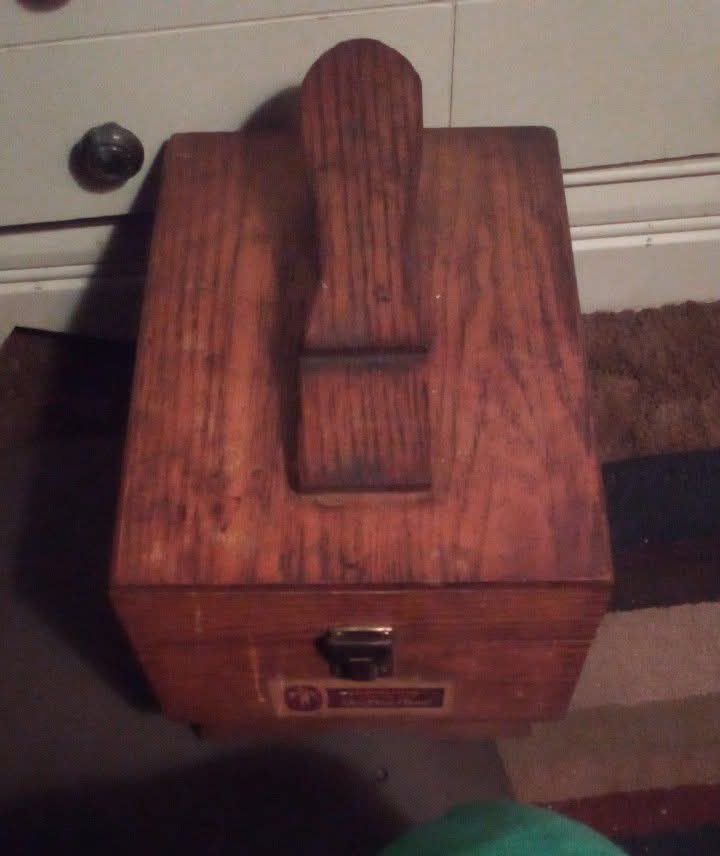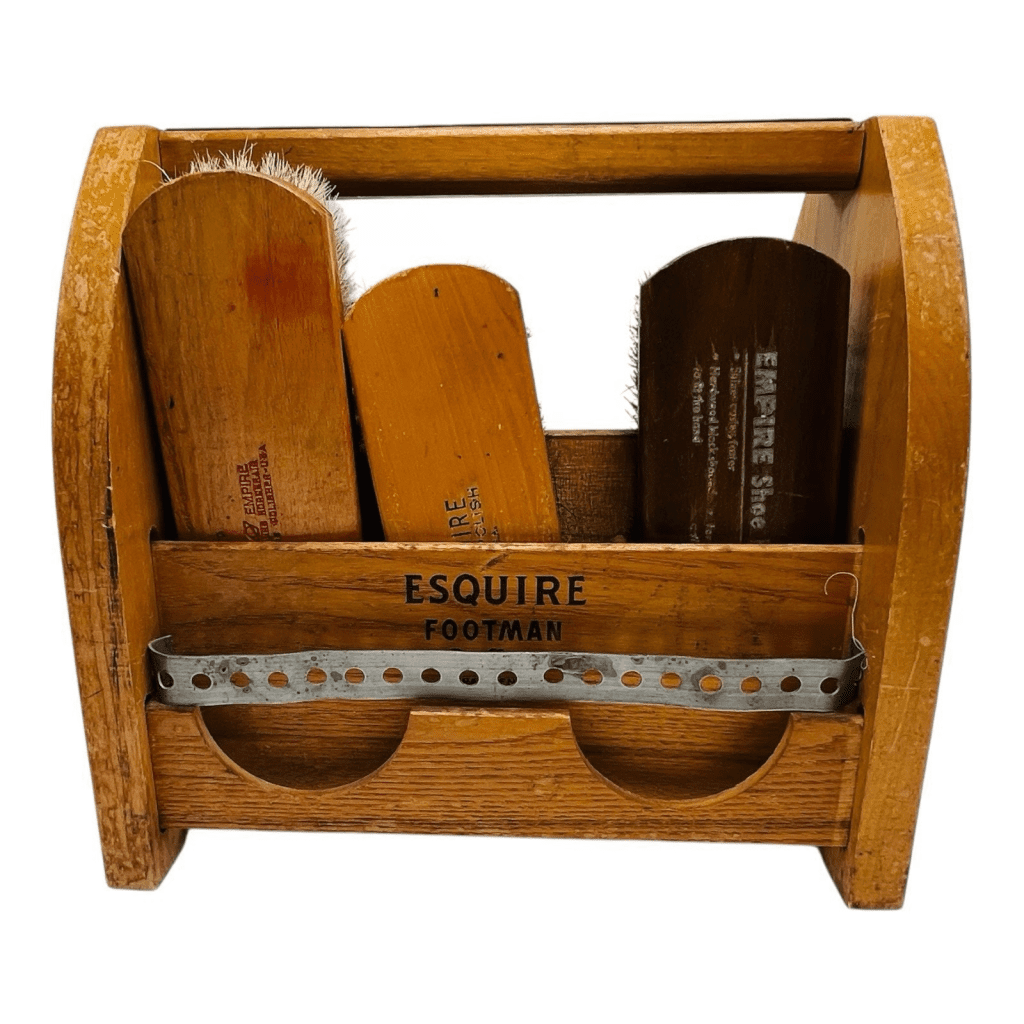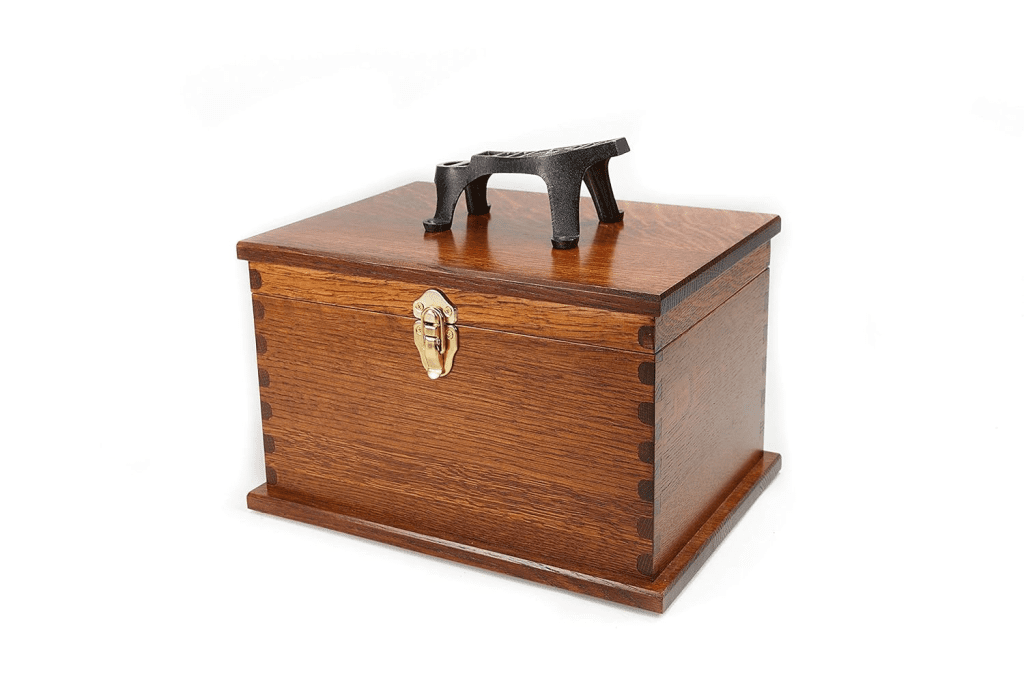The Shoeshine Box: A Lost Icon of Everyday Elegance
Ever stumbled upon an odd-looking wooden box with a raised platform on top and wondered, “What on earth was this used for?” If you’ve ever peeked inside your granddad’s garage or walked past a dusty corner of an old barbershop, chances are you’ve seen one of these — an antique shoeshine box. Today, it might look like an outdated wooden chest, but back in the day, it was a symbol of pride, routine, and respectability.
Let’s take a walk down memory lane and dust off the legacy of this once-essential household item.

A Tool That Spoke Volumes Without Saying a Word
The shoeshine box — also called a shoeshine kit — wasn’t just about polished shoes. It was about making an impression. In an era where a man’s handshake, scent, and shine said everything about him, having a shoeshine box was the equivalent of having a personal grooming arsenal.
Think about it: showing up to work with scuffed shoes back then was like showing up today with a cracked phone screen and uncombed hair. The message? “I didn’t try.” That’s why the shoeshine box wasn’t a luxury — it was a necessity.
Video : Vintage Griffin Shine Master Shoe Polish Box With Contents
Design That Was Built for Function
Let’s talk about the design, because this little box was brilliantly practical. The most notable feature? The raised wooden footrest on top. That’s where you’d plant your foot while you or someone else worked on your shoes. It gave the perfect angle to clean, polish, and buff — no awkward balancing act required.
Open the box, and you’d find neatly divided compartments to store everything: horsehair brushes, tins of polish in black or brown, soft rags, applicators, and even daubers. Every piece had its place, and every gentleman knew where his tools were. It was order. It was routine. It was pride.
Where You’d Find It — Hint: Not Just at Home
Shoeshine boxes weren’t just tucked into bedroom closets. They were everywhere. Barbershops often had them next to their chairs, offering a shine while you got a trim. Train stations had dedicated shoeshiners who’d work magic while you waited for your ride. And if you were in a big city, you could find street shoeshiners — professionals who turned these boxes into mobile businesses.

At home, it was just part of the grooming routine — polish your shoes before church, before work, before dates. Fathers taught sons how to buff to a mirror shine. It was a ritual, not a chore.
The Sound, the Smell, the Experience
You might remember the soft brush strokes, the rhythmic buffing, or that rich, leathery smell of wax polish. There was something deeply satisfying about the shoeshining process — slow, intentional, and meditative.
It wasn’t just about looking sharp. It was about feeling ready. Like slipping into freshly pressed clothes or taking a deep breath before a big moment, polishing your shoes with that box in front of you set the tone for the day.
Video : Antique Shoe Shine Box with Cast Iron Advertisement
When and Why It Started to Fade
So, what happened? Why did such a staple of everyday life vanish into antique shops and memory?
Simple: times changed. Sneakers replaced leather loafers. Shoe maintenance became less of a priority as wardrobes became more casual. And with that shift, the shoeshine box — once a mark of class and character — became a forgotten item of the past.
Modern convenience didn’t help either. Disposable fashion. Spray-on cleaners. Self-polishing solutions. People just stopped taking the time. The ritual was lost to the speed of modern life.
Still Around, Still Beautiful
Despite its fall from daily use, the antique shoeshine box hasn’t disappeared entirely. Today, collectors cherish them for their craftsmanship and history. Some are even repurposed into decor, jewelry boxes, or quirky storage for hobby gear.

The one in the photo you saw? That’s a classic — simple, elegant, and full of stories. It’s more than wood and hinges. It’s a piece of history. A reminder of when small routines shaped big impressions.
Conclusion: The Legacy Lives in the Details
In a world obsessed with innovation, the shoeshine box reminds us that not everything old should be forgotten. It speaks to a time when people paid attention to the little things — when polishing your shoes meant something deeper than vanity. It meant pride. It meant presence.
So the next time you stumble upon one of these wooden gems — in a thrift store, an attic, or an old shop downtown — take a second to appreciate it. Because behind that handle and latch is a world that once revolved around the art of showing up, well-shined and ready to face the day.